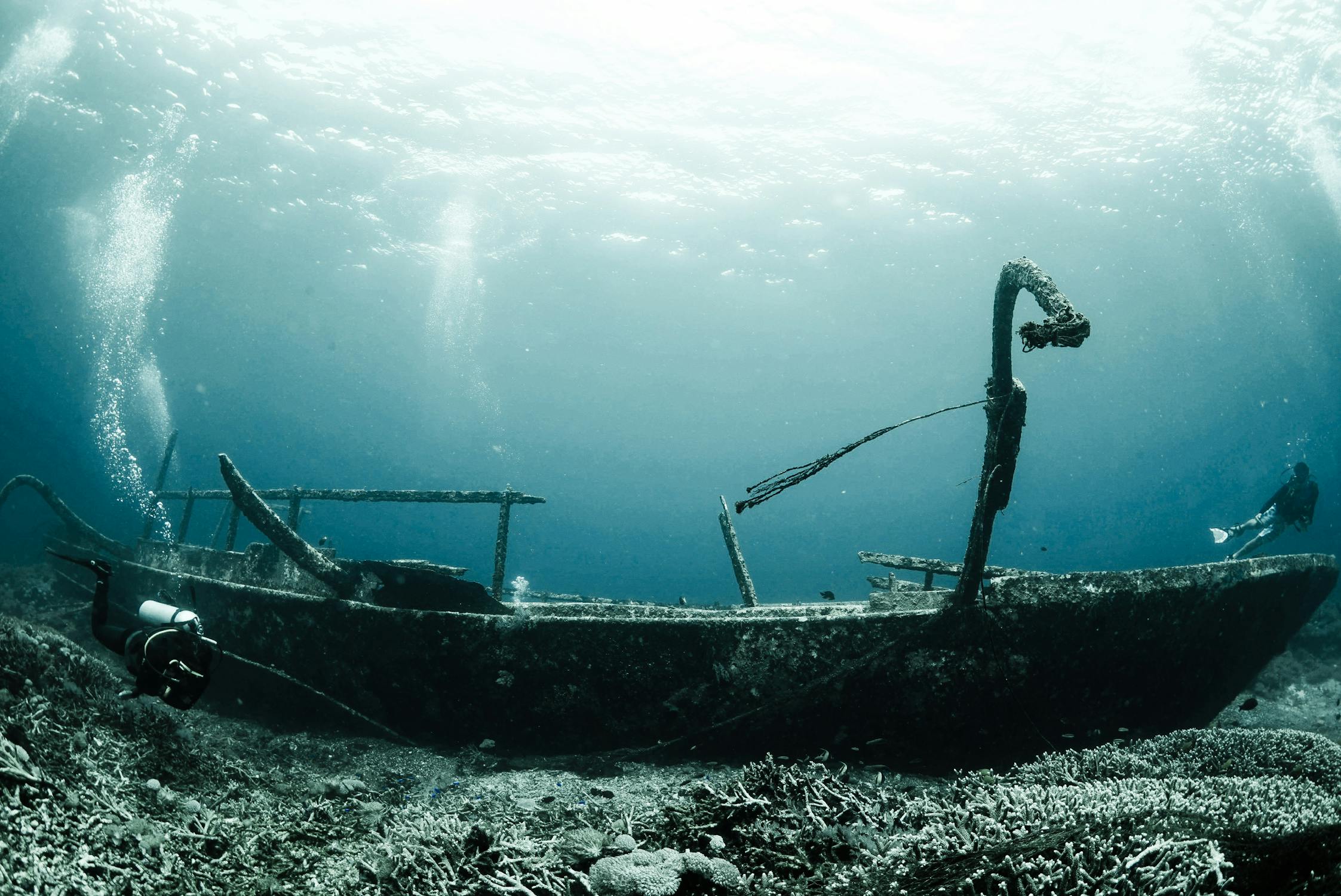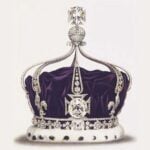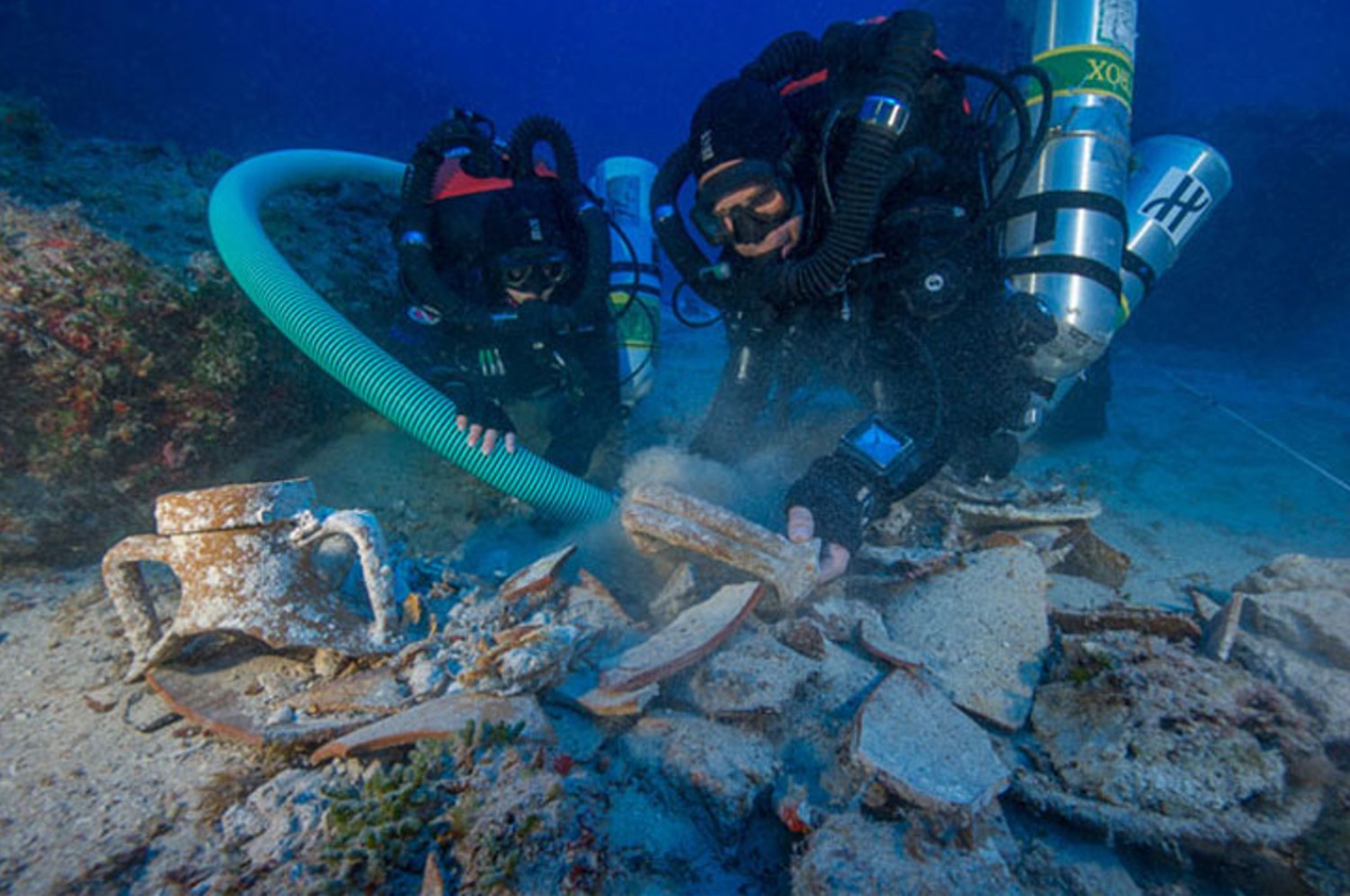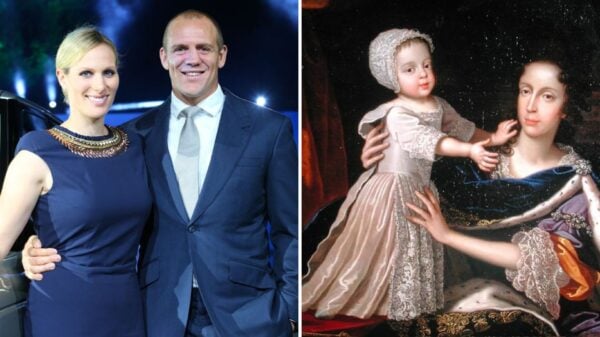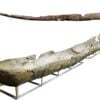The first underwater excavation of the Black Sea occurred in 2020. Now, the results of this project have begun to give researchers a better understanding of the region as they investigate ancient artifacts and the remains of a harbor town that has existed for over 1,500 years.
The excavations took place at Kerpe, a small bay on the Black Sea’s western coast, around 60 miles from the Turkish city of Istanbul. Kerpe Bay resides in the modern Turkish district of Kocaeli, which has the longest stretch of Balck Sea coastline in the nation. However, in ancient times, the region was known to the Greeks as “Kalpe,” which means “jug” or “pot,” and refers to the improvement of the bay over 1000 years ago, according to Arkeonews.
During the excavations, completed by the Kocaeli Museum Directorate under the supervision of the Ministry of Culture and Tourism, General Directorate of Cultural Heritage and Museums, dozens of artifacts dating as far back as the 4th century BCE were unearthed. The most impressive find was the remains of an ancient pier, which suggests the area was used as a dock by ancient seafarers.
Also amongst the small amount of items recovered from the search area, which spanned approximately 2,000 meters, was a specific kind of two-handled pottery vessel known as an amphorae. Dating was carried out on the pottery items, which suggests they are at least 2,400 years old. This, alongside the other items of interest discovered at Kerpe, has led researchers to suggest the region served as some kind of commercial harbors for various civilizations, including the Hellenistic Greeks and much later Ottomans.
The director of the Kocaeli Museum, Serkan Gedük, said, “We believe that it is extremely valuable in terms of emphasizing the commercial relations between the East and the West from the Antiquity to the Ottoman period in the Black Sea. Therefore, we are trying to exhibit the cultural assets unearthed during the underwater excavations chronologically and with some animations in our museum. During the excavation works, we have identified many underwater cultural heritages, ranging from commercial amphorae remains dating from the 4th century BC to the 12th century CE to red-glazed ceramics, lamps, pipe fragments, various cultural assets belonging to the Ottoman period and shipwreck remains that we have detected in the region.” (per Anatolian Archaeology News)
The remains of the ancient pier, which once formed part of the Kalpe Habour used in ancient times, had all but been submerged underwater, which is what led to the initial excavation work in 2020. The artifacts recovered from the site were placed on display at the Kocaeli Archaeology Museum under the exhibit “The Silent Harbor of the Black Sea: Kalpe.”
Gedük went on to explain that the “Kerpe Underwater Archaeopark Project” will be implemented in the area in the future, thanks to help from the General Directorate of Cultural Heritage and Museums and the Eastern Marmara Development Agency. This project will be completed this year, with Gedük saying, “With the project, we plan to open the region especially to diving tourism.”












